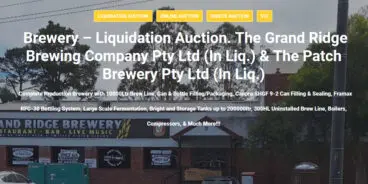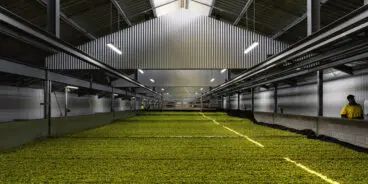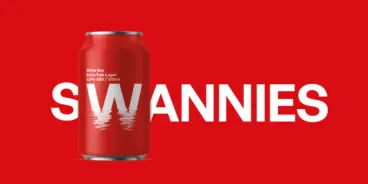
Brewers chasing volume with better value, easy drinking styles

Marty Ferguson of Escalator Partners
Marty Ferguson, founder of beer marketing and sales consultancy Escalator Partners, considers what lies ahead for the craft beer sector this year.
In 2018 the Aussie beer market is all but unrecognisable from the late 80s, where your biggest decision was what size glass your mass-produced lager came in.
Much of this change occurred in the last ten years with the rise of independent brewing and the growth of the craft beer segment.
As we entered 2017 it sort of felt like we were settling into a period of relative stability again, but the year still proved able to surprise.Who would have predicted that by the end of last year 4 Pines, Pirate Life and Feral would all purchased by multinationals? Not I.
Having said that, I am willing to jot down a few predictions on the back of the 2018 beer mat. Here are my thoughts on the Australian independent or craft brewing industry for 2018, based on my 14 years in the business – and I actually hope I am wrong on a few of them.
1) Price will be a key battleground
The average price of craft beer in retail and the keg price in on-premise will continue to fall as close to 400 breweries compete for the same number of taps and fridge shelves, and the multinational brewers seek to gain share of the most profitable segment of the beer market. The real winners will be publicans, retailers and, if the discount is passed on, the end drinker.
2) Independents will struggle for tap space
The newly purchased ‘former’ independent breweries will rapidly expand their tap placements thanks to the great scale and reach of the big breweries – giving more pubs easy access to a full craft portfolio – possibly reducing the need for a pub to take on an independent offer.
3) No USA-style tax changes
Despite active campaigning by some brewers, there is unlikely to be a change in how the independent brewing industry is taxed, like the recent change in the USA. In Australia there is no groundswell of support for the move and many of the craft brewing industry is placed in areas where the sitting government is not requiring to win those seats. Therefore there is little incentive for the Coalition to make any changes.
4) Independent brewers will feel the financial squeeze
As more breweries enter their second, third and fourth year of operations, the harsh reality of running and trying to grow their businesses will set in. Most will thrive, but some who have invested ahead of the curve may find themselves with expensive brewing assets not being fully leveraged.
5) Industry core competencies will continue to evolve
Traditionally, to be successful a brewery had to brew great beer and really connect with its local community. However, this is really just cost of entry in today’s market. To be successful going forward, a brewery really needs to have advanced skills in sales and marketing and an efficient logistics and supply chain. These are exactly the areas the big established breweries are experts in, so independent breweries are going to have to lift their game in these areas if they are going to compete successfully with these established players.
6) Brewers chasing volume by focusing on easy drinking and better value styles
Both independents and the bigger brewers will look to expand beyond the existing craft beer consumer and fight for the other 93 per cent of the Australian beer market who are still drinking mainstream lagers. These competing beers are at a more moderate ABV than many existing craft beers, offering excise and ingredients savings for brewers. But they will continue to leverage existing craft cues with their names, packaging, colour and haze, ensuring that drinkers know they are different from mainstream or premium lagers and will be happy to pay more for them.
And some random thoughts on some other trends:
- 2018 will be the year of “extra” – particularly XPAs;
- More people will be questioning the location of where beers are brewed – particularly those claiming specific provenance;
- More brewpubs will open, led by the bigger hospitality groups; and
- Regional and state-based independent brewery groupings will emerge and compete with the Independent Brewers Association for focus.
So there you go. I’m looking forward to getting a whole lot of messages back in early 2019 saying how wrong these predictions turned out to be.However, one thing I am certain about is that it is not going to be dull year in the Australian craft brewing industry.



